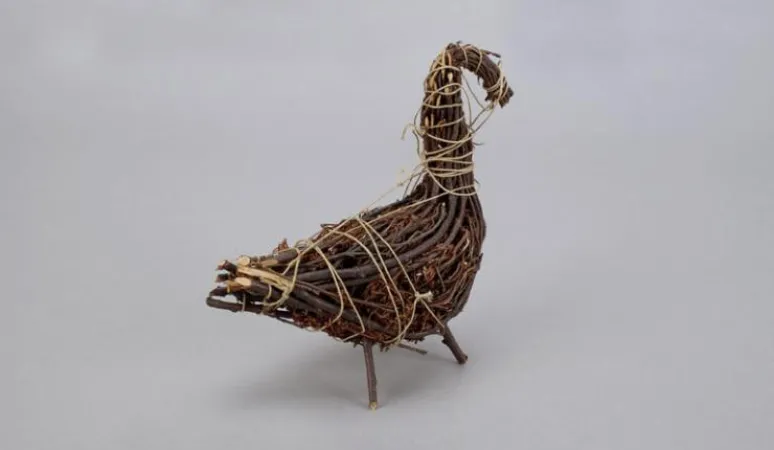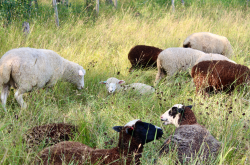Duck Decoy
This article was originally written and submitted as part of a Canada 150 Project, the Innovation Storybook, to crowdsource stories of Canadian innovation with partners across Canada. The content has since been migrated to Ingenium’s Channel, a digital hub featuring curated content related to science, technology and innovation.
The hunter’s secret weapon.
The hunter’s most formidable weapon is deception. The Cree and Ojibway peoples of Canada’s Great Lakes relied on it for thousands of years. They used reeds, cattails, bulrushes, tamarack, and other plants to make remarkably lifelike floating and stationary decoys that lured game birds and waterfowl to roosting areas. Once there, they were within reach of the nets, snares, arrows, and spears of the Aboriginal hunters. European settlers and then generations of recreational hunters wisely took up the practice for themselves - a deceptively simple technique that continues to this day in much the same way it has for thousands of years.














